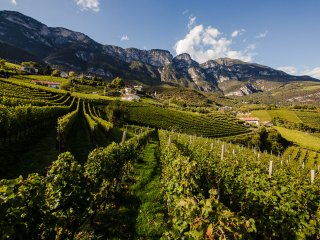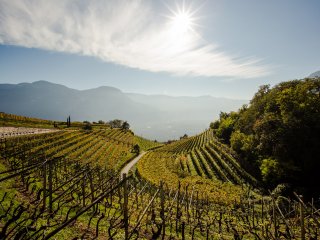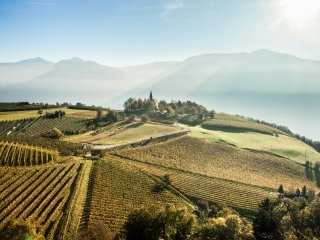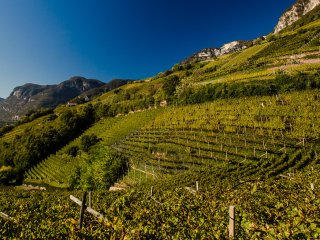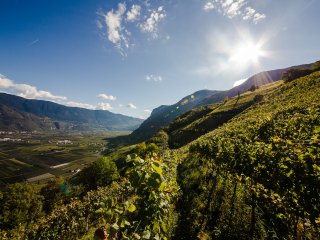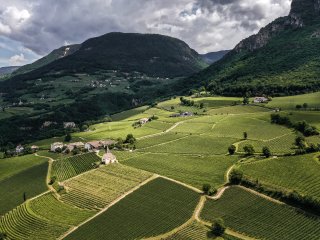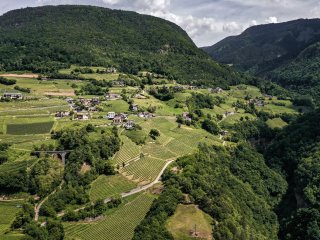A Vintage Shaped by Contrasts – Vintage Report 2024

A Vintage Shaped by Contrasts – Vintage Report 2024
The year 2024 once again posed significant challenges for our members. An early budbreak, followed by frost damage in some areas, marked the start of the growing season. A rainy spring and a humid start to summer put considerable stress on the vines. In particular, the risk of fungal diseases such as downy mildew and powdery mildew, triggered by warm and humid weather, demanded meticulous attention and enormous effort in the vineyards.
The increased vegetative growth in some plots required substantial additional work on canopy management to better ventilate the grapes and protect them from fungal diseases. This labor-intensive process was crucial for maintaining grape quality.
In August, a sudden heatwave added further challenges, requiring extra precautions to shield the delicate grapes from sunburn. Despite these demanding conditions, our members' tireless efforts and the natural adaptability of our vineyards yielded surprisingly high-quality results.
Low Yields – Elegance & Freshness
The heavy rainfall during flowering led to reduced fruit set and consequently lower yields. However, these smaller quantities brought certain advantages: the berries were small, with an ideal ratio of pulp to skin. This provided the foundation for elegant and fresh wines.
Our white wines – especially Pinot Bianco – stand out in the 2024 vintage with exceptional freshness, clear structure, and moderate alcohol levels. They impress with their vibrancy and varietal typicity, preserved despite the challenges in the vineyards.
Schiava and Pinot Nero: Challenges & Successes
For the autochthonous variety Schiava, the warm and humid climate posed a heightened risk of fungal diseases. However, through precise canopy management and consistent plant protection, we succeeded in crafting wines that captivate with their delicate fruit and characteristic lightness.
Pinot Nero, being an early-ripening variety, benefited from reaching maturity during a favorable climatic phase. Nonetheless, reduced yields were particularly noticeable, with approximately 25% less volume compared to the previous two vintages. Overall, our Pinot Nero wines, GLEN and MAZON, exhibit balance, freshness, elegance, and excellent aging potential.
Late-Ripening Red Varieties Under Pressure
Late-ripening varieties such as Merlot, Cabernet Franc, and Cabernet Sauvignon faced a lack of sunlight during their critical ripening phase. The clay soils, which excel in retaining moisture during warm years, struggled in the cooler conditions and were unable to store the needed warmth. However, thanks to the potential of the Kurtatsch terroir, even in a challenging vintage, we managed to vinify elegant and fresh wines free from green notes. These wines display a solid structure, even if they appear slightly more reserved than in previous years.
When Everything Happens at Once: Teamwork & Organization Are Key
The simultaneous ripening of various grape varieties across different sites presented logistical challenges for our team. Thanks to exceptional collaboration and meticulous organization, all grapes were harvested at the right time and in optimal condition.
Conclusion
The 2024 vintage demonstrates that, even in years marked by extraordinary conditions, intense effort, unwavering dedication, and technical expertise can result in grapes of surprisingly high quality. The small-scale structure of our members (on average, each cultivates around 1 hectare) allowed for targeted measures to be implemented precisely when needed. In challenging phases, it becomes evident how vital it is to focus entirely on the vineyard, work with precision and efficiency, and ultimately bring the best possible grapes to the cellar.


